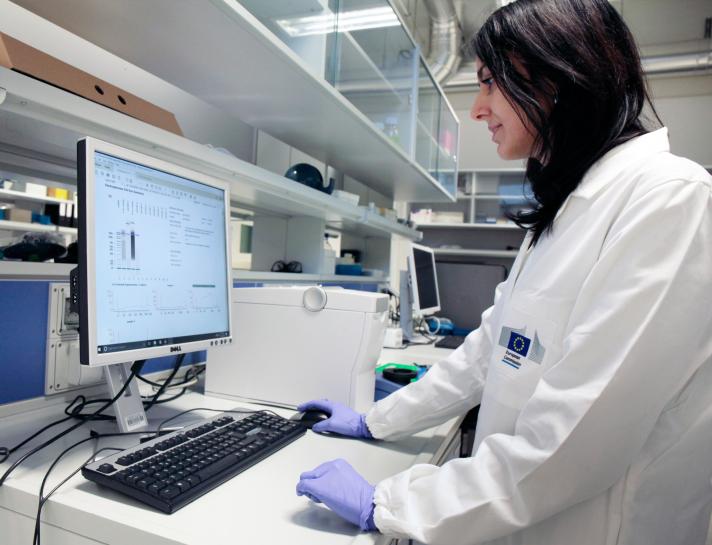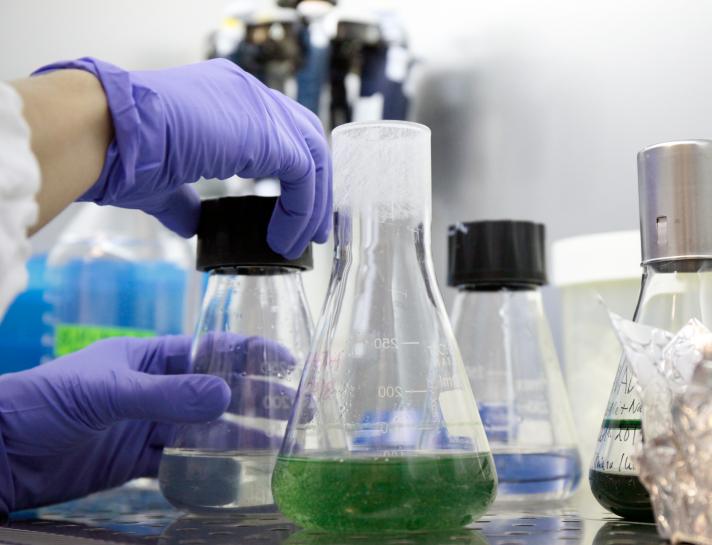The JRC’s Environmental Biotechnology Laboratory (EBL), which is part of the Ocean and Water Unit, is focused on applying bio-based technologies to generate scientific evidence to address priorities in environmental policy.
By definition, environmental biotechnologies use an interdisciplinary approach to address the complex environmental challenges facing our society, such as chemical mixtures, antimicrobial resistance (AMR), water scarcity and pollution, and new microbiological indicators.
The EBL is closely linked to water-related policies such as the Water Framework Directive (WFD), the Ground Water Directive (GWD), the Drinking Water Directive (DWD), and the Bathing Water Directive (BWD).
These activities contribute to the Zero Pollution Action Plan, the One Health Action Plan, the Farm to Fork Strategy, and water resilience under the umbrella of Climate Change. In particular, the laboratories are focused on:
- Bioassays and biomarkers for detecting the effects of chemical mixtures on aquatic organisms and indirectly on human health;
- Antimicrobial resistance (AMR) and water: Developing methods for detecting antimicrobial resistant genes (ARGs) and researching the spread and maintenance of AMR in aquatic environments, which acts as a reservoir of AMR;
- Microbiomes in water and plant disease (using metagenomics) to detect pathogens and non-pathogens (including cyanobacterial and algal blooms) as indicators of more complex scenarios, such as multiple stressors and climate change;
- Validation of molecular-based methods (quantitative Polymerase Chain reaction, qPCR) for the detection of Escherichia coli (E.coli) in drinking and bathing water in collaboration with other research groups (interlaboratory exercise).
List of instruments
The two main laboratories - the environmental molecular ecotoxicology and microbiology labs - share the following common facilities:
- A dedicated laboratory for cell culture and eukaryotic algae;
- A dark room with a fluorescence microscope, fluorescence spectrophotometer and Imaging Pulse-Amplitude Modulation (PAM) for photosynthesis system detection;
- A Polymerase Chain Reaction (PCR) facility equipped with two PCR instruments: a quantitative PCR, and a digital PCR.
- Two instruments for fluorescence detection, and access to the Instrument for Next Generation Sequencing (NGS).




